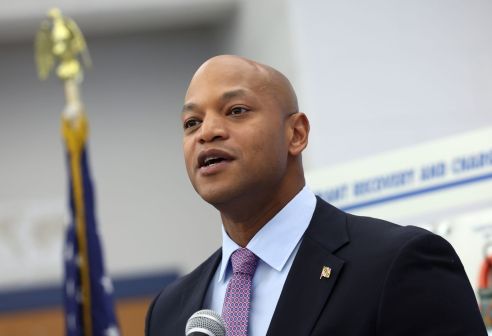Maryland’s new budget portal gives residents a peek at state spending

Pulling from a refreshed open-data website published in March, Maryland has launched a new “transparency portal” designed to make it easier for residents to peek at the state’s spending habits.
The new website, which went live Aug. 1, is the product of work between the state’s technology and budget offices, intended to make answering questions about the state’s operating budget easier to answer.
How exactly Maryland is spending its $41.7 billion budget is one of the most common questions the state receives, said Patrick McLoughlin, director of business intelligence for Maryland’s Department of Information Technology, and is why it decided to launch this portal in the first place.
“The ultimate goal has been to take a lot of this data that in some forms had been available but had been so through a variety of websites, and to identify a single location where the public can gain access to budget information and vendor information,” he said.
While there’s technically no new information on the transparency portal, it uses charts and graphs to bring the tabular data from the open-data website to life. This shines light on previously obscure factoids, such as the state spending one-third of its total budget on health programs, the University System of Maryland being by far the biggest public employer, or that Maryland’s annual grant to the Washington Metropolitan Area Transit Authority is 15 times larger than the funding given to the state’s second-largest grant recipient.
And because it’s all underpinned by the state’s open data, users seeking answers to more specific questions than those presented by the visualizations curated by McLoughlin’s team can use the search bar or click through wedges on pie charts to view evermore granular statistics. Data portals like Maryland’s are becoming increasingly common at all levels of government, but McLoughlin said it’s the next evolutionary step in the progression toward perfectly accessible government data.
“I think a lot of it starts to head toward the overall user experience of this information,” he said. “An example may be that we start to look at artificial intelligence and how you can leverage bots for search purposes.”
The next phase of open data, he said, will likely revolve around ensuring that people can find answers to precise questions about their states’ budgets as easily as they can ask their phone where “The Lion King” is showing or how tall Baltimore native Montel Williams is. (He’s 6-foot-2.)
And that technology is nearly here, McLoughlin said. It will simply be a matter of finding the right vendor to buy from and ensuring that the state’s datasets are neatly organized and interconnected so that machine-learning models can be trained on them. Understanding where taxpayer dollars are going, he said, is only getting easier.





